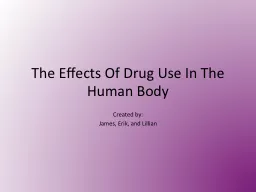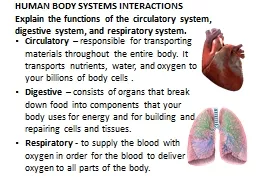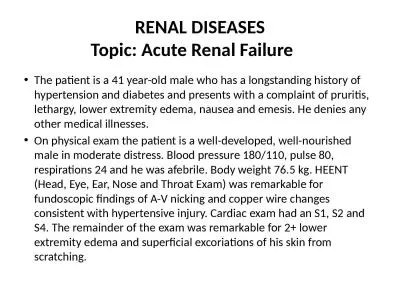PPT-Uremia: Effects on Body Systems
Author : cheryl-pisano | Published Date : 2016-11-12
By Mary Knutson RN What is Uremia Renal failure can progress from mild to severe Uremia is the most severe also known as End Stage Renal Disease ESRD The body
Presentation Embed Code
Download Presentation
Download Presentation The PPT/PDF document "Uremia: Effects on Body Systems" is the property of its rightful owner. Permission is granted to download and print the materials on this website for personal, non-commercial use only, and to display it on your personal computer provided you do not modify the materials and that you retain all copyright notices contained in the materials. By downloading content from our website, you accept the terms of this agreement.
Uremia: Effects on Body Systems: Transcript
Download Rules Of Document
"Uremia: Effects on Body Systems"The content belongs to its owner. You may download and print it for personal use, without modification, and keep all copyright notices. By downloading, you agree to these terms.
Related Documents














